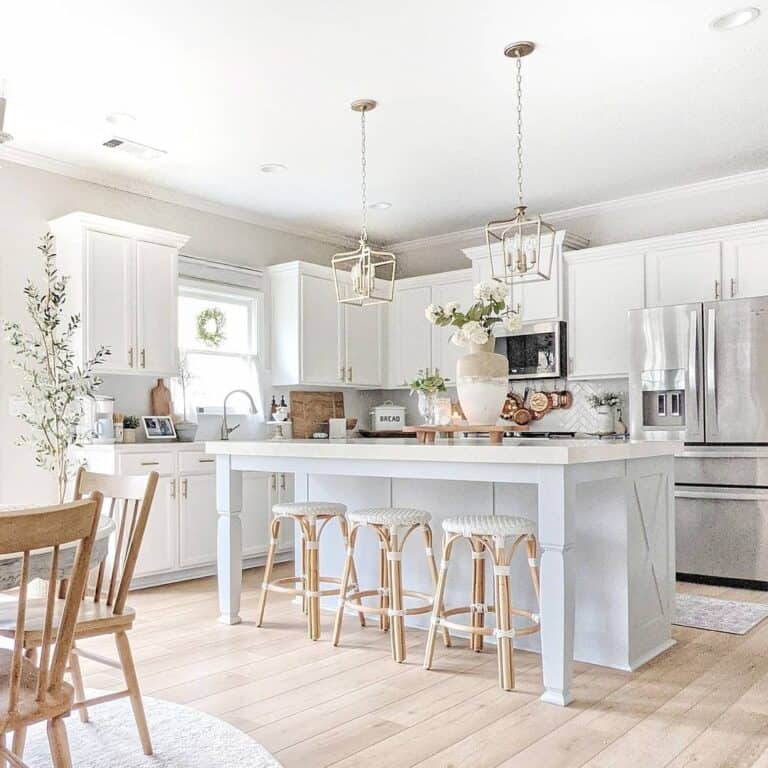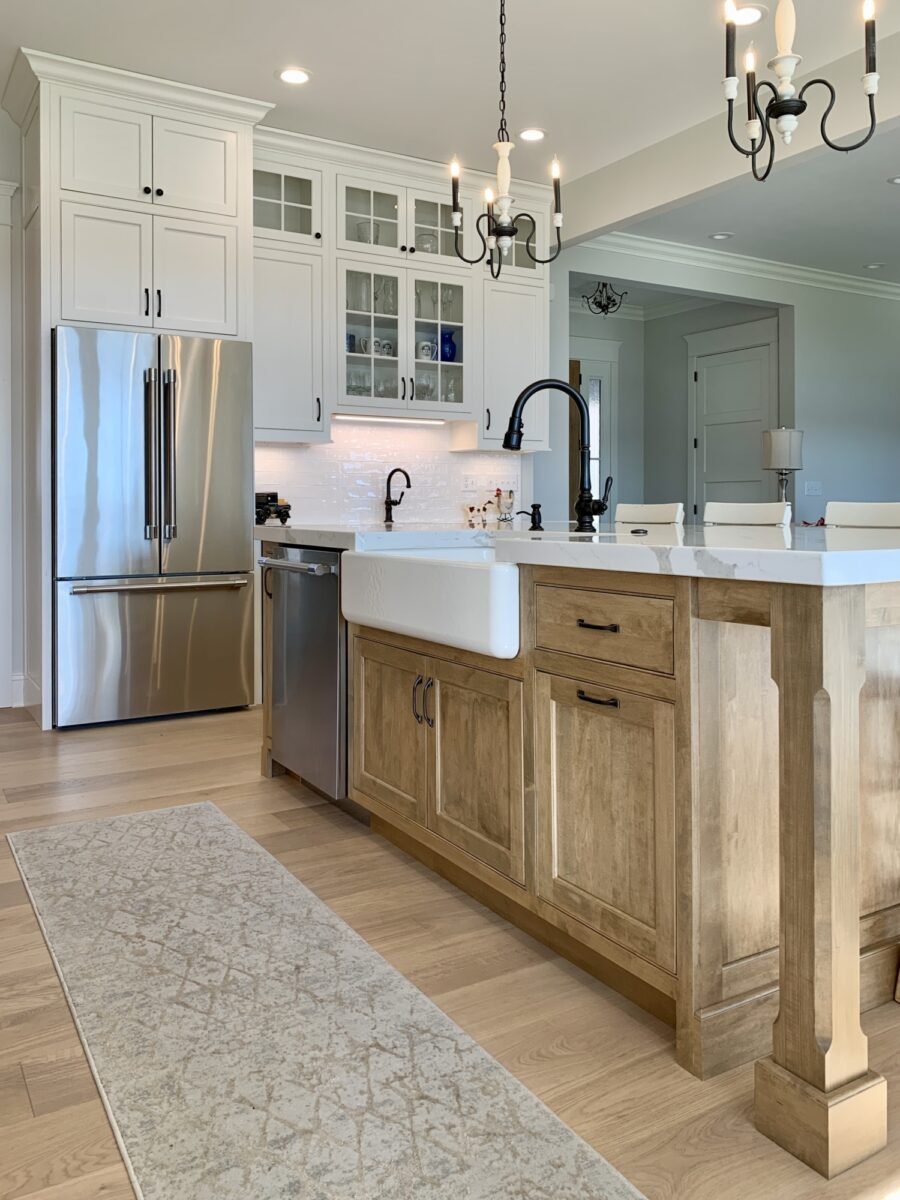Innovative and Fashionable Styles in Modern Legs For Kitchen Island Solutions
Innovative and Fashionable Styles in Modern Legs For Kitchen Island Solutions
Blog Article
Vital Variables to Consider When Choosing Legs For Kitchen Area Island
Selecting the suitable legs for a kitchen area island includes a careful assessment of numerous variables that can substantially influence both capability and visual allure. As we check out these aspects, it becomes clear that each decision can have significant effects for the overall kitchen area experience.
Product Options
When picking legs for a cooking area island, comprehending the different material options is essential for achieving both visual appeal and architectural stability (Legs For Kitchen Island). The selection of material considerably affects not only the toughness of the island however likewise its general style and functionality
Metal legs, often made from stainless steel or functioned iron, contribute a industrial and contemporary feel while making certain toughness and security. These products are immune to use and can sustain significant weight, making them perfect for bigger islands.
Another alternative is engineered materials, like MDF or plywood, which can be much more economical while still providing a variety of finishes. Nevertheless, they might not offer the very same degree of security as strong timber or metal. Last but not least, products such as acrylic or glass can produce a modern appearance, though they may need extra support to make certain security.
Inevitably, the selection of product for cooking area island legs should line up with the desired capability and the total motif of the kitchen.
Design And Style

When thinking about design, the shape and finish of the legs are critical. Conical legs can offer a sense of agility and beauty, while thicker, more durable legs can convey strength and security. Additionally, the surface-- be it repainted, stained, or all-natural-- need to match the cabinets and counter top products to create a unified appearance.
In addition, the layout of the legs can likewise reflect personal taste. Personalized or attractive legs, such as those featuring elaborate carvings or distinct geometric forms, can work as prime focus, including personality and individuality to the kitchen. Ultimately, the best option will not only boost performance however likewise boost the visual charm, making the kitchen island a standout function of the home.
Elevation Considerations
Choosing the proper elevation for kitchen area island legs is important, as it straight impacts both capability and comfort. The conventional height for a cooking area island commonly ranges from 36 to 42 inches, aligning with common counter top heights. A 36-inch height is suitable for food preparation and food preparation, permitting comfortable use kitchen area home appliances and devices. Conversely, an elevation of 42 inches is typically chosen for islands meant for bar seats, accommodating taller feceses and supplying a laid-back eating experience.

It is likewise vital to represent individuals' preferences and heights. Personalizing the height can ensure a comfortable experience for all relative, making the kitchen island a much more delightful and practical space.
Weight Support
Making certain ample weight assistance for kitchen area island legs is essential for both security and functionality. The kitchen area island frequently offers numerous functions, consisting of food preparation, dining, and extra storage space, necessitating a durable assistance framework. When selecting legs, it is crucial to take into consideration the general weight capability needed based on the island's intended usage and the materials that will certainly be placed on it.
The choice of product for the legs plays a considerable function in their weight-bearing capabilities. Strong wood, steel, and durable compounds usually offer superior toughness contrasted to lighter products. In addition, the style of the legs-- whether they are directly, tapered, or have a pedestal form-- can affect their capability to distribute weight efficiently across the framework.
Constantly get in touch with the producer's requirements relating to load limits to guarantee you could try here that the legs can sustain the desired weight without compromising security. In summary, choosing cooking area island legs with ample weight support is crucial for producing a practical and safe cooking room.
Installation and Maintenance
Appropriate installment and maintenance of cooking area island legs are critical for making certain long life and security. To start, it is necessary to comply with the producer's standards during installment. This commonly entails safeguarding the legs to the space station utilizing suitable fasteners, ensuring that the legs are degree and aligned. Utilizing a degree device can assist protect against wobbling and improve the overall visual allure of the kitchen area island.
When set up, regular maintenance is required to preserve the stability and appearance of the legs - Legs For Kitchen Island. For wooden legs, regular cleaning with a wet fabric and application of appropriate wood polish can avoid dampness damage and maintain their finish. Steel legs try here might require a mild cleaning remedy to remove oil and gunk, followed by a completely dry fabric to avoid rust formation
Additionally, examine the legs consistently for indicators of wear or damages, such as cracks or loose joints. Tightening up screws or screws as needed can likewise prolong the life-span of the legs. By adhering to these setup and upkeep techniques, homeowners can make certain that their kitchen area island stays strong and visually appealing for years ahead.
Conclusion

Aesthetic coherence is critical in choosing the style and style of legs for a kitchen area island, as these components significantly influence the total setting of the area. Tapered legs can supply a feeling of lightness and style, while thicker, a lot more robust legs can convey toughness and security.Selecting the ideal height for kitchen area island legs is important, as it directly affects both functionality and comfort. In summary, selecting kitchen island legs with adequate weight support is crucial for producing a safe and functional cooking space.
In conclusion, selecting legs for a kitchen island requires cautious factor to consider of different factors, including material choices, design, height, weight support, and installation.
Report this page